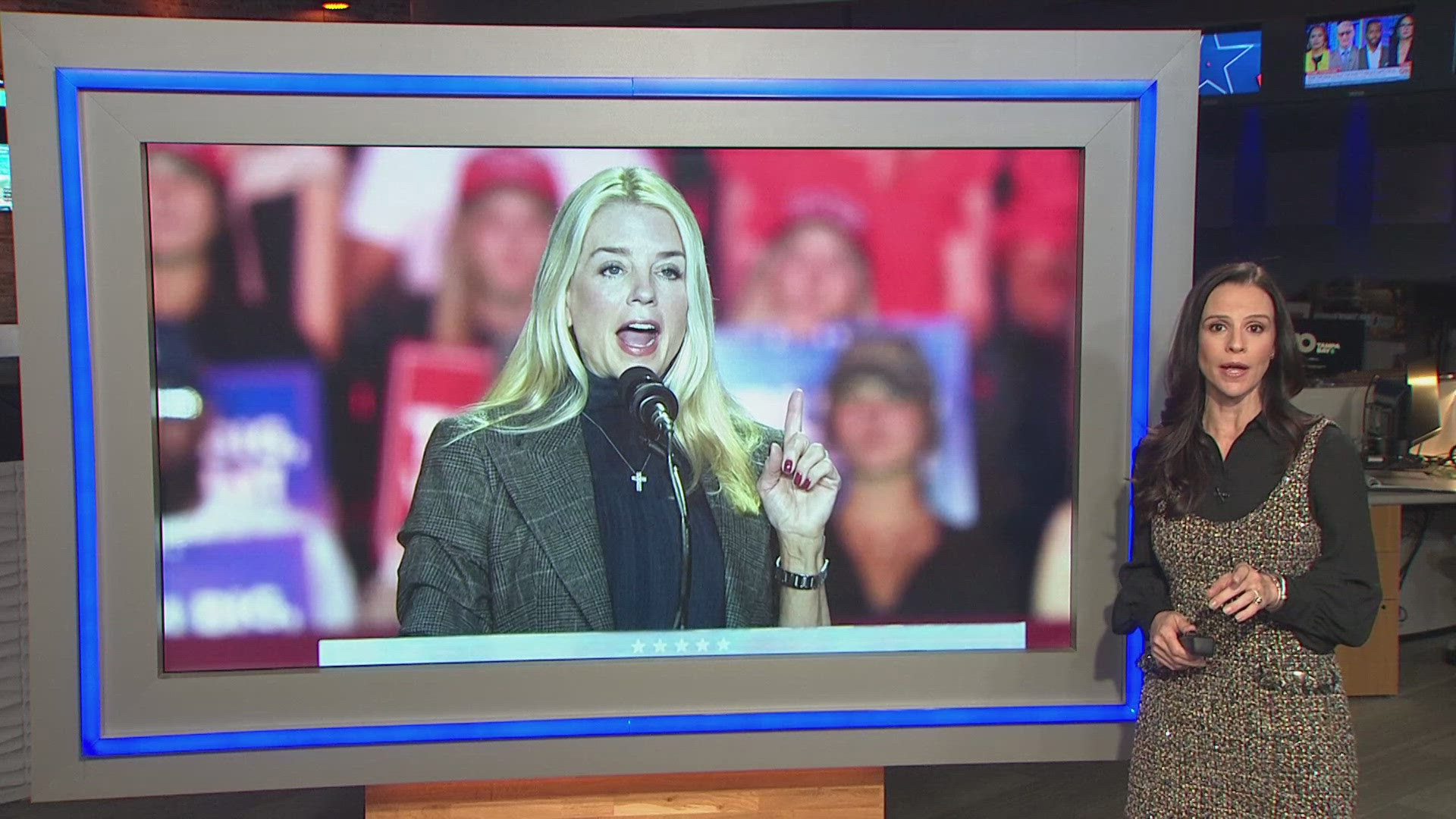MIAMI — On May 11, 1996, an Atlanta-bound ValuJet DC-9 caught fire shortly after takeoff from Miami and crashed into the Florida Everglades, killing all 110 people on board.
That tragic day not only changed the lives of the families and friends who lost loved ones, it changed the airline industry as a whole.
Investigators believe that the crash of ValuJet 592 happened after oxygen generators caused a fire in the cargo hold. This discovery prompted safety changes to avoid any similar accidents from happening in the future.
Twenty-five years later, here's which regulations have changed.
- Oxygen generator ban: Beginning May 23, 1996, just over a year after the deadly crash, all chemical oxygen generators and oxidizers were banned as cargo on passenger aircraft. The ban was temporary at first but was made permanent in December of 1996, according to a report from CNN.
- New fire detection and suppression systems: On March 19, 2001 The Federal Aviation Administration ordered the installation of fire detection and suppression systems in cargo areas of all US airliners. More than $3,000 aircraft were retrofitted for these fire systems, while dozens of older aircraft were retired, according to the Associated Press.
- More safety staffing: The crash prompted the FAA to establish the Hazardous Materials and Cargo Security Program. At the time of the crash, the FAA had about 13 regional inspectors to oversee air carriers' compliance with the rules set for carrying hazardous materials. After receiving $10.5 million from the government in 1997, the FAA expanded its dangerous goods workforce by 130 people, including inspectors, support staff, and attorneys.
ValuJet was grounded by the government for three months after the Everglades crash and returned to the sky later in 1996 under intense FAA scrutiny. However, the airline never fully recovered until one year after the crash, when ValuJet bought the then-tiny airline AirTran and adopted its name.
As AirTran, the airline saw success by introducing new Boeing jets, adding amenities like business class cabins and reserved seats, and developing a new reputation for safety. In 2010, AirTran was acquired by Southwest, an airline that remains one of the top in the industry today.
You can see a full list of lessons learned from the ValuJet Flight 592 crash on the Federal Aviation Administration's website.
What other people are reading right now:
- How to bounce back financially after COVID-19 pandemic
- Searching for a job? Local businesses are finding creative incentives to get new hires in the door
- Ex-fashion design teacher who spied on students sentenced to 15 years in prison
- Dunedin couple decorates entire house with mosaic tiles
- Child vaccinations could help chart path to herd immunity as some communities struggle to vaccinate
►Breaking news and weather alerts: Get the free 10 Tampa Bay app
►Stay In the Know! Sign up now for the Brightside Blend Newsletter



